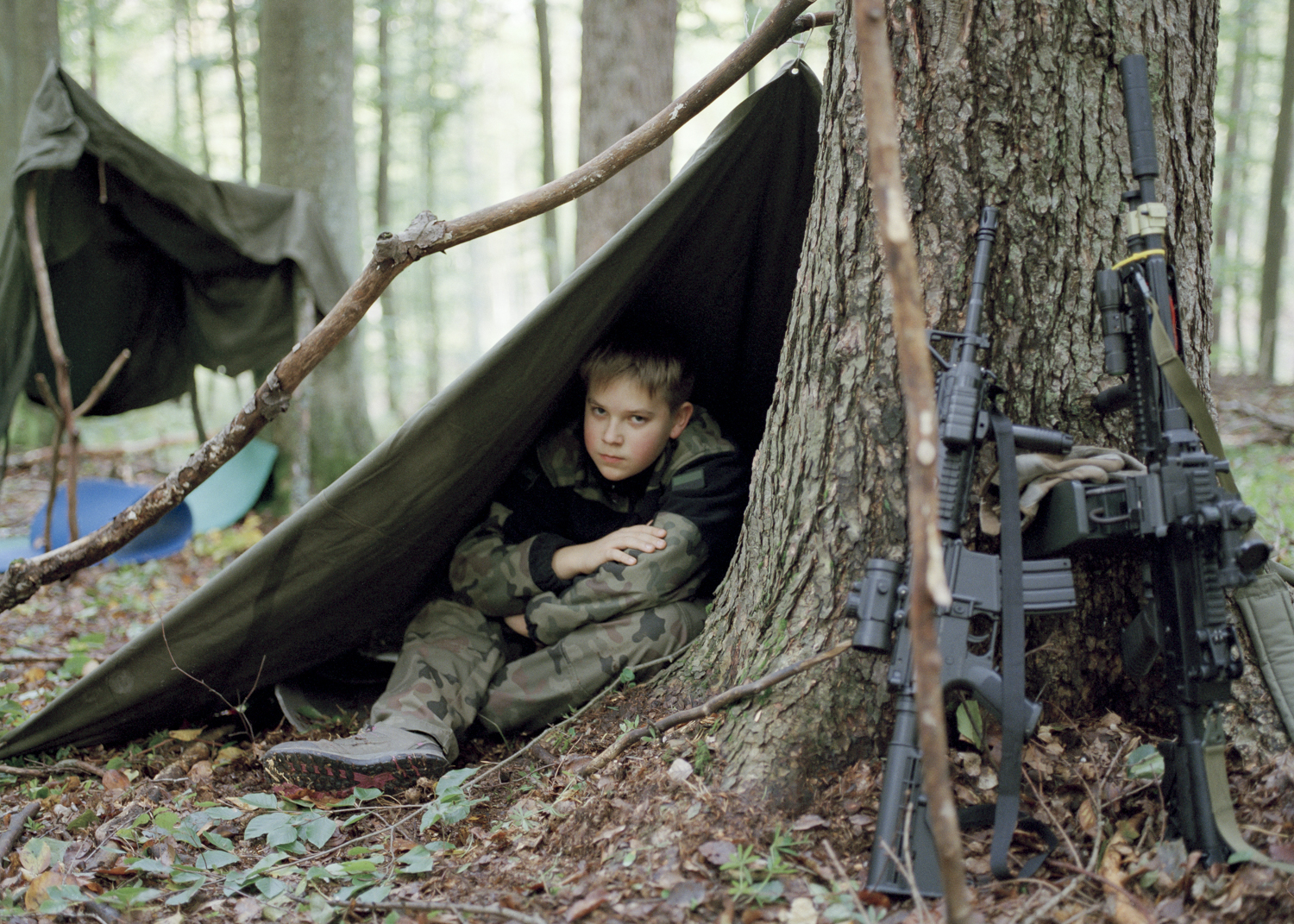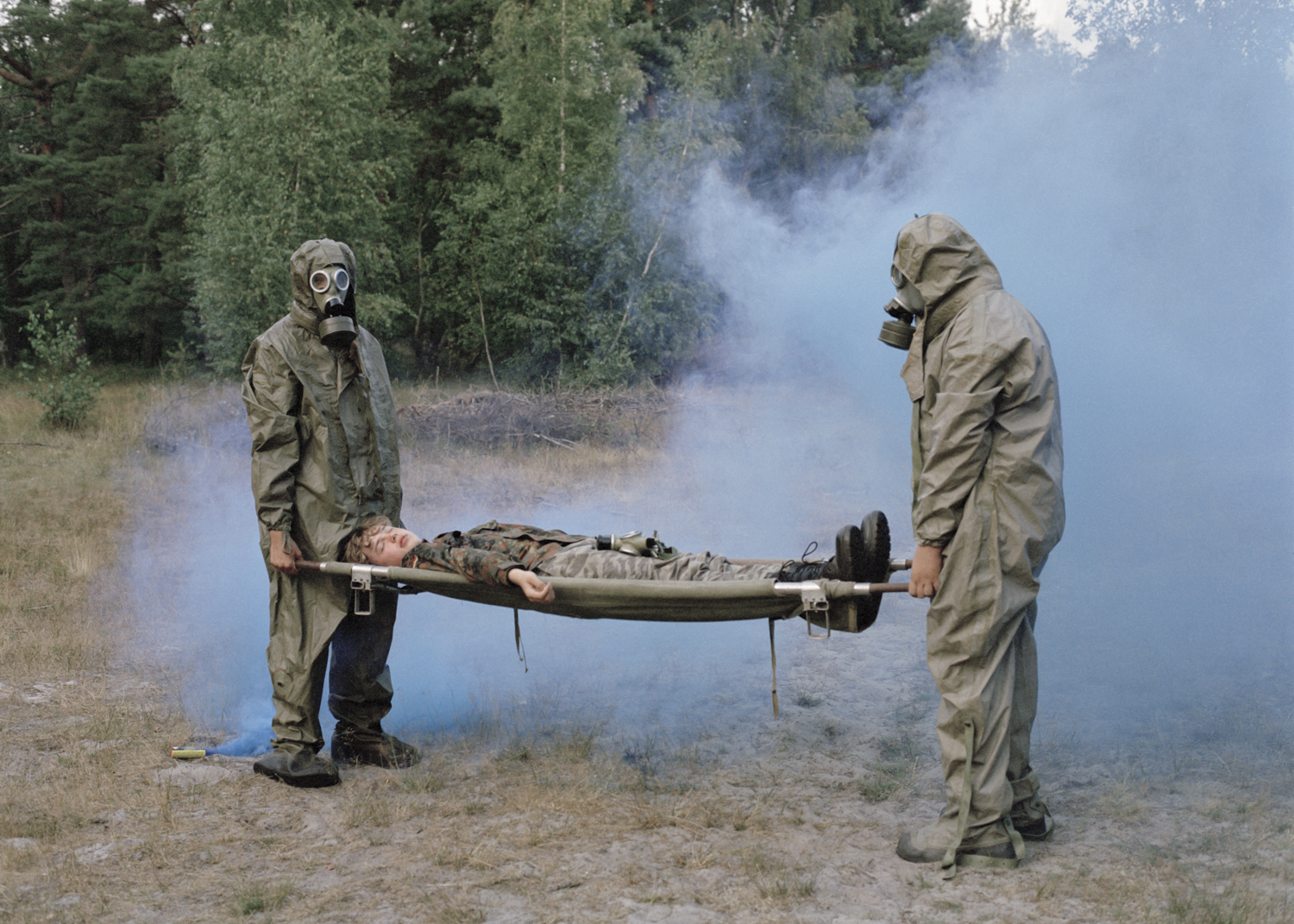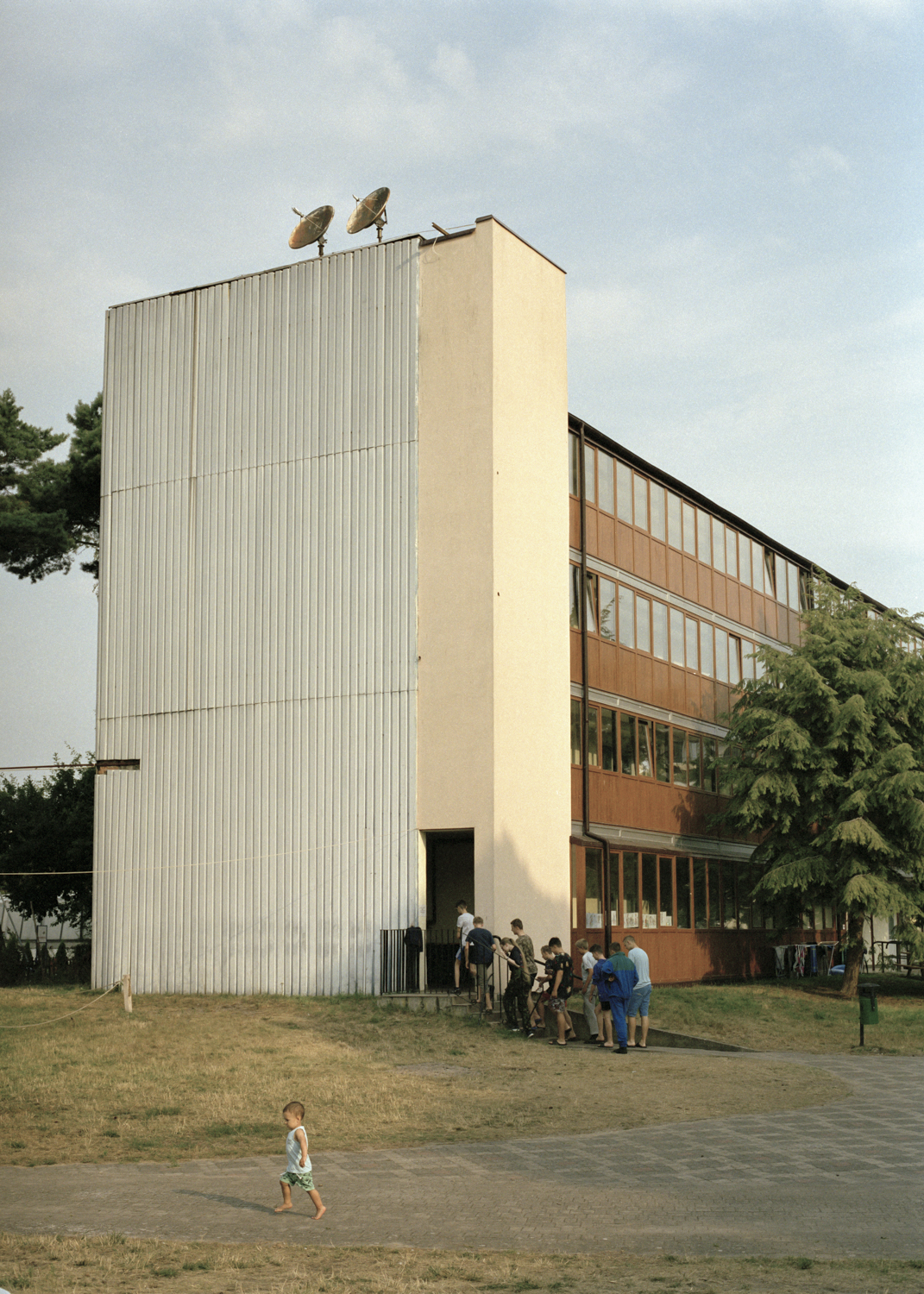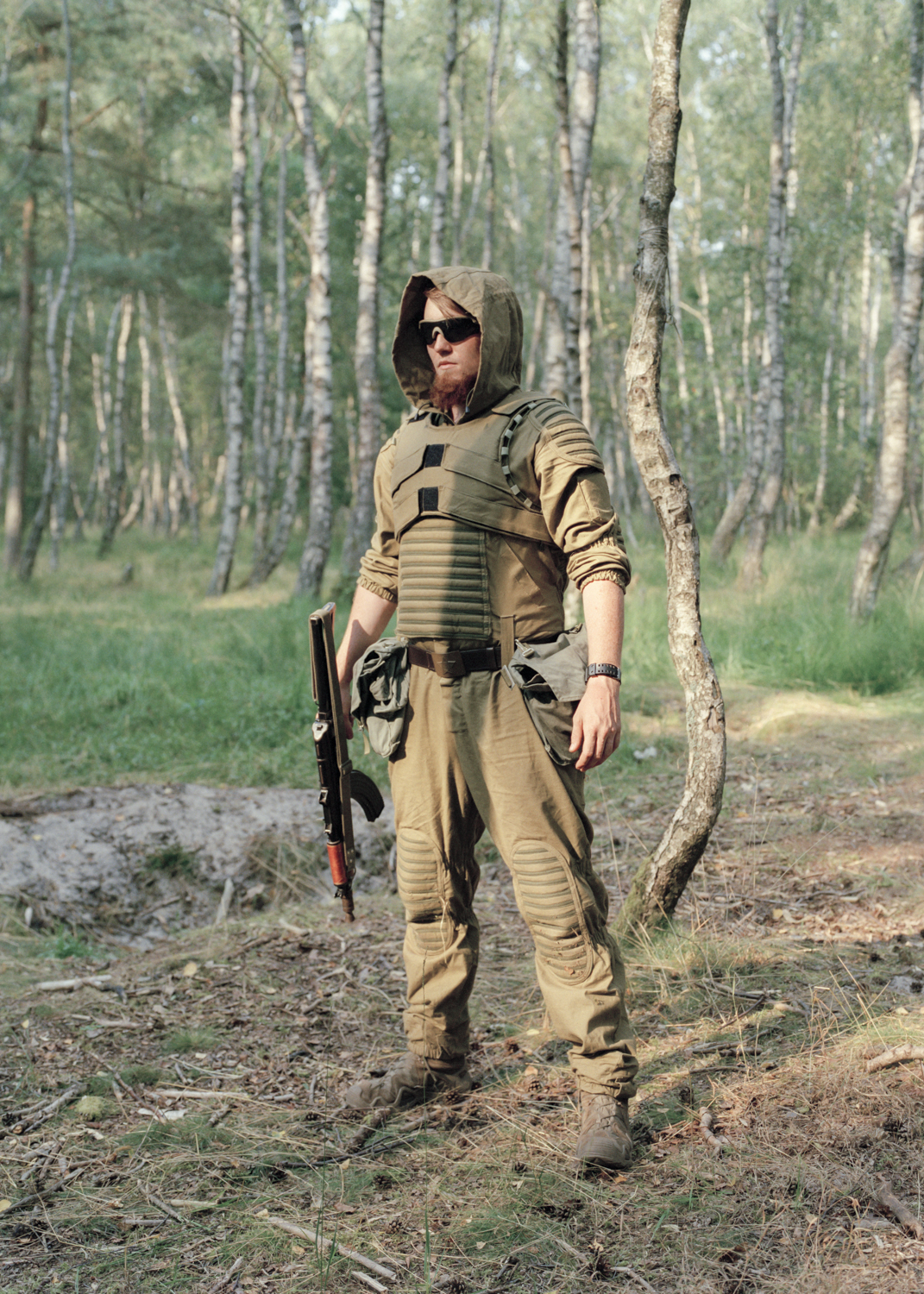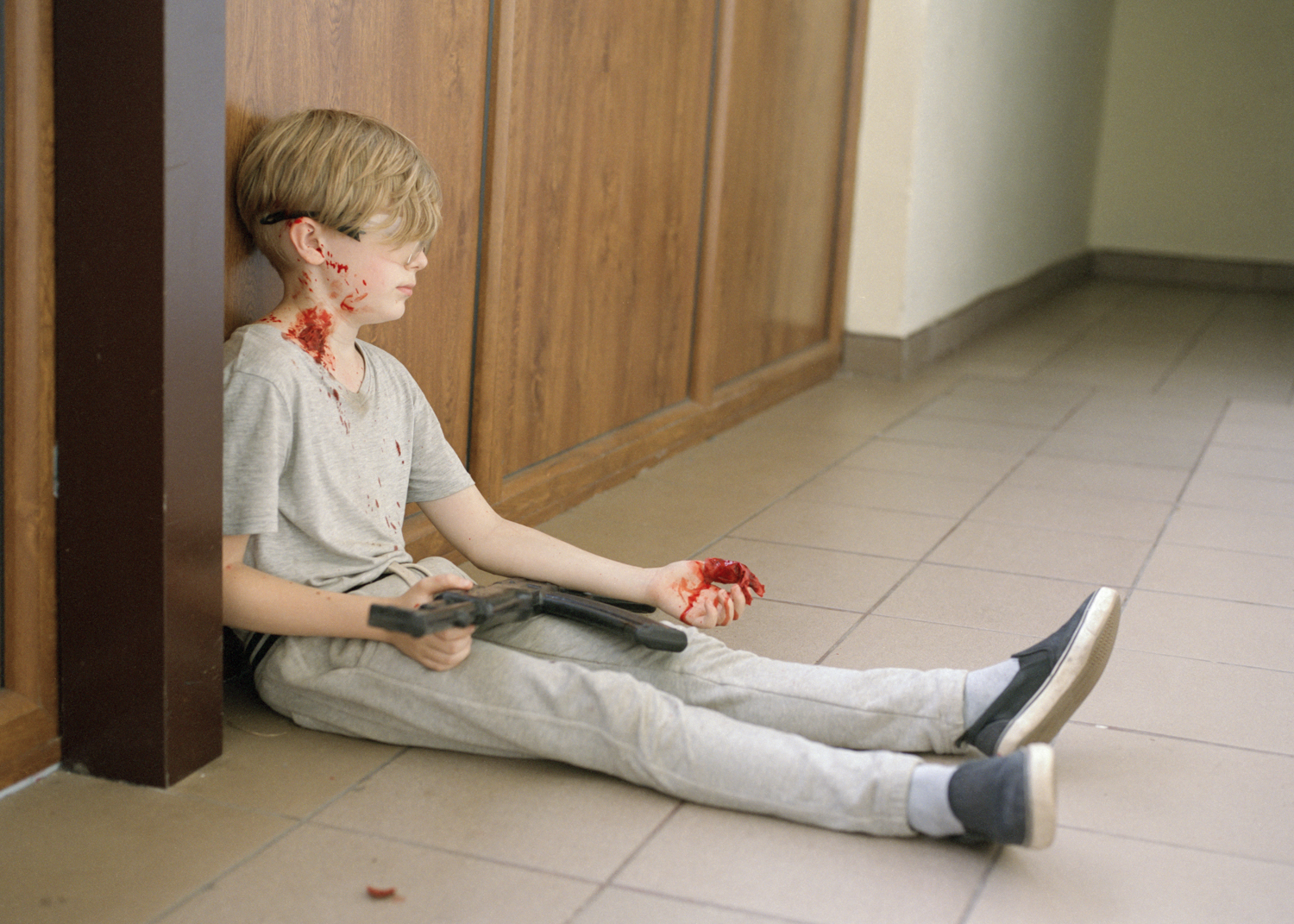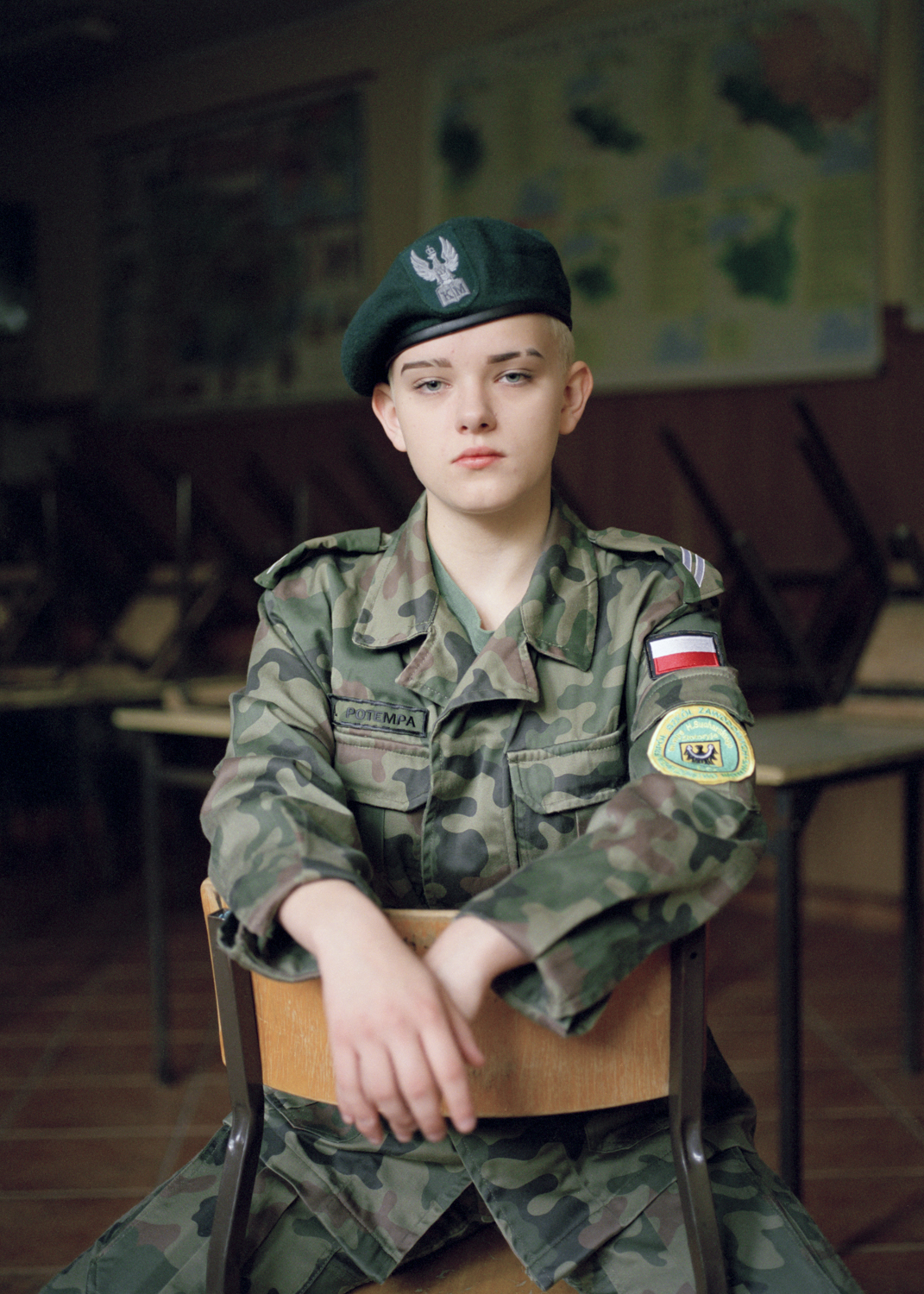Children are placed in bootcamp settings, and trained in skills such as survival, self-defense, and shooting. Here, Kepesz introduces us to life on campus
In Poland, military schools, summer camps and weekend clubs have existed since the 1920s. Children are placed in bootcamp settings, and trained in skills such as survival, self-defense, and shooting. They are taught to use air rifles, and sometimes replica weapons like machine guns and grenades.
In the summer of 2020, Natalia Kepesz travelled to several such schools across the country, documenting life in the camp. Titled Niewybuch (Polish for unexploded bomb) the series of images was awarded third prize in the portraits stories categories of the World Press Photo Contest 2021, and has since been shortlisted in several awards including Palm Photo Prize, and Luis Valtueña Humanitarian Photography Award.
Through a selection of images from the series, Kepesz introduces us to life on campus.
This photograph was taken at at a military camp in Mrzeżyno, in northeast Poland. Piotr, Jurek and Tomek are participating in an exercise simulating an air pollution emergency. Each session lasts around two-to-three hours. First, they march in line into the forest. Then, the various drills are explained and practised. For example, “Someone is injured and needs to be transported for care” or “The enemy has used a chemical weapon and you must crawl to get away”. It was a hot summer’s day. You could tell the children were exhausted, but no child wanted to admit they were tired. Everyone wanted to impress the instructors and they took it very seriously.
This is where the children live. Each room had two bunk beds, with just the bare necessities and no real comforts. There is a kitchen on the premises, where the children go to eat three meals a day. Just like the military, the children had to gather before, and march in a line to the dining hall. Everyone was assigned a seat. The food was simple, but okay. There was little time for socialising outside of training. Sometimes there was a campfire for all the children in the evening.
Some things in the camp were prepared professionally, while others were simply improvised. Not all of the people who ran the camp were from the military. Some of them were young adults who saw it as an adventure or a survival. This is Arek, one of the instructors of a group where the children were reenacting war games in the forest. There were about 10 groups in the camp. Each one had a different focus, like shooting and defence; there was also a special group for live action role-playing.
Here, Karol is playing the role of an injured person in an exercise simulating a terrorist attack. The children were divided into groups: soldiers, terrorists and victims. The terrorists barricaded themselves in the dormitories, and the soldiers task was to “liberate” the house. This game went on all day, and the children took the roles very seriously. The smallest children were given the role of victims, and placed at various points throughout the dorms. The children had to take these roles very seriously, because the soldiers were trained to check where the victims were dead, or just injured in need of care.
Ola is a student at the Liceum Wojskowo-Policyjne, a military and police high school. She was proud and happy to be at this school; she said it would provide her with job opportunities, and teach her important lessons like organisation and obedience. I took this portrait in a classroom after everyone else had left. She chose how she wanted to sit, and I wanted to give her the space to present herself. At the same time, it was important to me that the children noticed the camera and looked in. So that their gaze can communicate how they feel and what they experience. For me, this contradiction is also important. Ola is a teenager, an age where you want to be an individual, where the personality is developing. In the military, all are equal. Still, even though she wears a uniform, her eyebrows bring a little contradiction – something individual.

